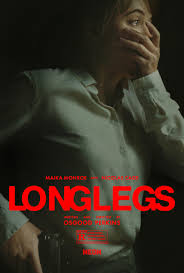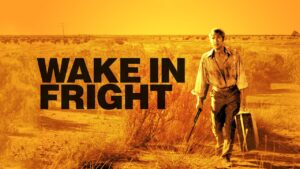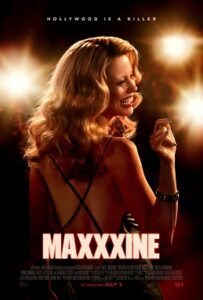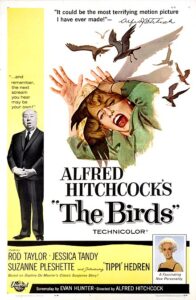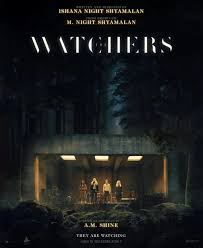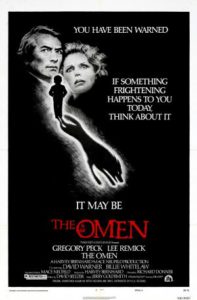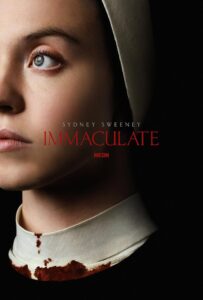.
From writer/director Osgood Perkins who gave us the disturbing possession tale The Black Coat’s Daughter comes the occult/police procedural Longlegs.
After junior FBI Special Agent Lee Harker (Maika Monroe) displays an intuitive sense that borders on the clairvoyant she is reassigned to William Carter (Blair Underwood) to assist with a perplexing series of murders that stretches back decades. Entire families slaughtered by the father without any physical evidence of another person present but at each crime scene as coded cypher signed ‘Longlegs.’ The daughter of a religious mother (Alicia Witt) Lee is troubled by the strange apparently unrelated mass murders but with her added to the investigation what had been cold dead trails blossom with new leads and clues. By the end Lee discovers that ‘Longlegs’ is no garden variety serial killer and families can harbor dark dangerous secrets to safeguard their children.
Osgood Perkins does not make splatter horror. That is not to say his film are devoid of violence or blood but rather that the horror comes from a deeper character and human condition than any sudden explosion of on-screen violence. The adjective that best sums up the sensation of watched Longlegs is ‘unsettling.’ There are scenes where in terms of movement and action literally nothing is happening and yet the composition of the frame, the ingenuity of the sound design, and delivery by the performs combine into a miasma of uncanny dread.
Perkins and cinematographer Andres Arochi makes frequent uses of characters staring directly into the camera lens turning the fourth wall permeable, subtly drawing us into the scene. In The Silence of the Lambs when characters looked straight down the barrel of the camera it was from Starling’s Point of View, we were slotted into her perspective as a woman in what was perceived as ‘man’s world. With Longlegs it is rare that this is from a character’s point of view, but rather it is the audience that the performers are staring at and making complicit in the scene.
Another area where Perkin and editors Graham Fortin and Greg Ng break from convention is in how the film utilizes ‘jump scares.’ In the vast majority of horror cinema, a jump scare is telegraphed long before the director gooses the audience with a sudden sharp cut and sounds. The anticipation of the jump scare is part of the experience, the building dread and certainty that it cannot be avoided. The jump scares in longlegs are sudden and without any buildup or winding of tension. As much as the characters in the story, the audience is caught off guard by the sudden shift in perspective or revelation.
Longlegs in spite of how it begins as a pursuit of a serial killer movie is in fact an occult horror film and that becomes clear in the story’s final act when all is revealed, secrets bared, and terrible truths endured.
This is not a film for everyone. There are no rampaging monsters, nor an endless parade of scantily clad young adults meeting bloody ends for their adherence of drugs and premarital sex. Longlegs is much more akin to Hereditary in tone. It is unsettling, uncanny, and for many people unforgettable.
